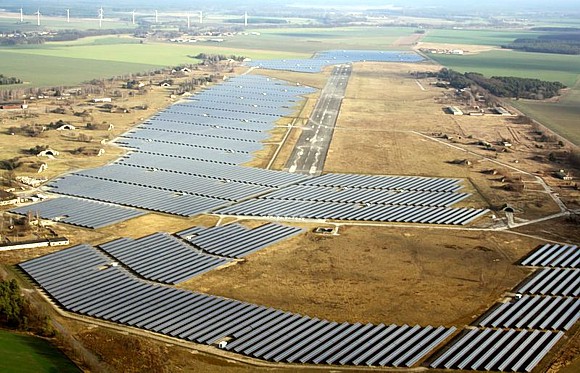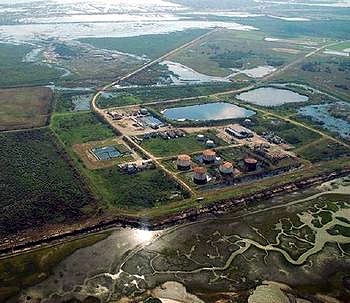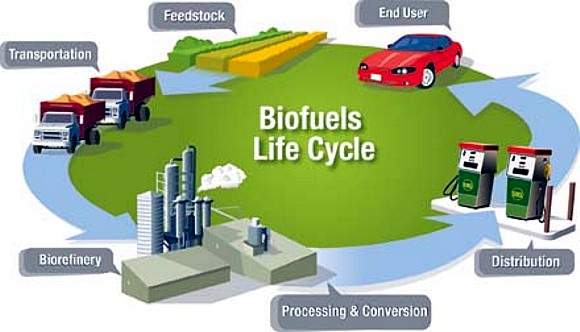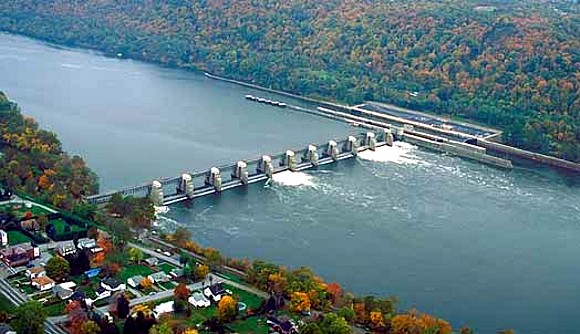Blue Energy Seeking Investors To Build Africa’s Largest Solar Power Plant With 155 MW Capacity
 January 16, 2013
January 16, 2013  Kyriaki (Sandy) Venetis
Kyriaki (Sandy) Venetis Taking advantage of a new regulatory environment in Ghana that’s more favorable to investments in renewable energy, Blue Energy, a UK-based renewable energy investment and development company has a unveil plans to build the country’s and the continent’s largest solar photovoltaic power plant.
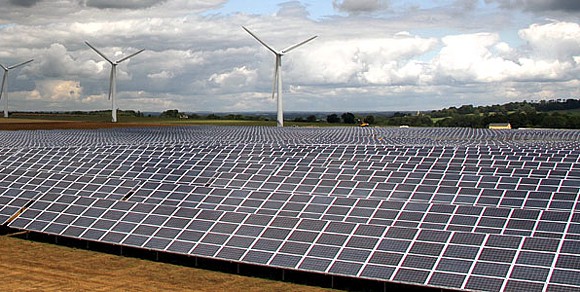 Westmill photovoltaic solar farm constructed by Blue Energy in Wiltshire, UK. Photo courtesy of Blue Energy.
Westmill photovoltaic solar farm constructed by Blue Energy in Wiltshire, UK. Photo courtesy of Blue Energy.The 155 megawatt power plant will be built by the company’s subsidiary Mere Power Nzema Ltd. on a 183 hectare site close to the village of Aiwaiso in western Ghana. The company has secured a 100-year lease on the site, with planning permission as well as permission to connect to the grid.
Extoling on benefits of the location, Blue Energy said the site has “good solar radiation, has excellent access to the major road systems and is within easy reach of a deep water port at Takoradi.
“The plant will be directly connected to the 161 kV West African Power Pool transmission line, which runs alongside the site, linking Ghana to [the] Ivory Coast, Togo, Benin, and Nigeria, and has available capacity for its load.”
Blue Energy expects to begin installing about 630,000 solar photovoltaic modules by the end of the year, and for electric generation to start early in 2014, with sections coming “on stream” as they are completed. The $400 million project is due to reach full capacity by October 2015.
Industry analyst Ash Sharma at IMS Research told the BBC News that this “is the biggest single project that’s going ahead at this moment. It is not the biggest in the world, but if it goes ahead it will be the biggest in Africa.
“The project has land, it has planning consent, it has a generating license, and it has received a feed-in tariff. It is the right plant in the right place at the right time.”
Blue Energy says that it has “secured all the consents that it needs to go ahead with the project,” and that, “Ghana’s electricity regulator, the Energy Commission and the Public Utilities Regulatory Commission have awarded it a generation license and a feed-in tariff for the plant’s 20-year operational life.”
The only thing that still hasn’t been secured is investors. The company says that it’s in “discussions with a number of international financial institutions, and global equity and infrastructure funds which have expressed interest in providing debt financing or investing in the project.” Blue Energy expects to “reach financial close in the first half of 2013.”

